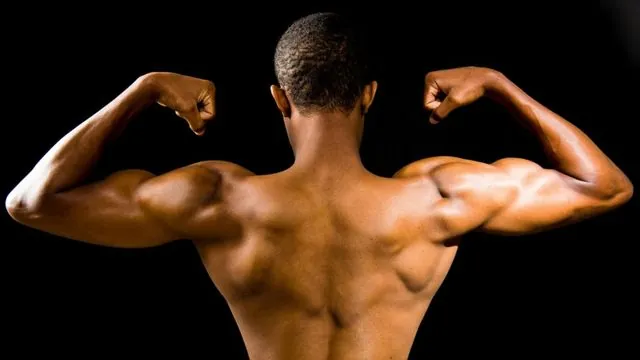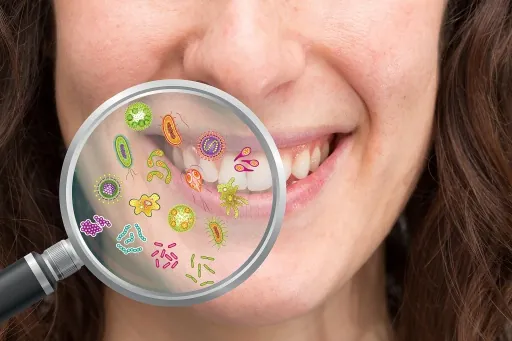
Revolutionary Breakthrough: Engineers at MIT Unveil Multi-Directional Artificial Muscle for Robots!
2025-03-19
Author: Wei Ling
Introduction
In an exciting leap forward in robotics, a team of engineers from MIT has devised a groundbreaking method to create artificial muscle tissue that can move in multiple directions, taking inspiration from the intricacies of human skeletal muscle fibers. This advancement opens the door to biohybrid robots—machines powered by soft, artificially cultivated muscle cells—transforming how we think about robotics and their potential applications.
Comparison with Traditional Robots
Unlike traditional robots, which typically have limitations in their range of motion due to their one-directional movements, this new technology mimics the way natural muscles coordinate to perform complex tasks. By developing a muscle-powered structure that can contract in both concentric and radial movements—similar to how the iris of the human eye controls pupil dilation—the MIT team has set a new benchmark for soft robotics.
The Fabrication Process
The successful fabrication of this innovative artificial iris involved a clever "stamping" technique. The researchers utilized 3D-printing technology to create a handheld stamp patterned with microscopic grooves, which were then pressed into a soft hydrogel. After seeding these grooves with real muscle cells, the team stimulated the fibers to contract, demonstrating unprecedented flexibility in muscle movement.
Significance of the Research
Professor Ritu Raman, who leads the research team, emphasized the significance of their findings: "We believe we have demonstrated the first skeletal muscle-powered robot that generates force in more than one direction." The capacity to pattern muscle fibers using such precision raises the potential to replicate not just muscle tissues, but also other complex biological structures like neurons and heart cells.
Observations About Natural Muscle Tissues
The research further highlights an intriguing observation about natural muscle tissues: their architecture allows for multi-directional movements, which is a feature historically difficult to replicate in lab-grown models. However, by applying advanced fabrication techniques, Raman and her team have made substantial progress in imitating the complexity of real tissues more accurately.
Future Applications
Looking ahead, the MIT group aims to harness these advances to produce soft robotics with applications in various fields, from rehabilitation for neuromuscular injuries to creating artificial swimmers that emulate the fluid dynamics of aquatic life. The potential for biodegradable, sustainable technologies in underwater robotics could change how we approach environmental challenges associated with traditional mechanical systems.
Conclusion
In their published paper in *Biomaterials Science*, Raman and her colleagues detailing this research provide a glimpse into a future where robots can navigate through delicate environments, powered by their own artificial muscle systems. As the field of bioengineering continues to evolve, this breakthrough represents just the beginning of a new wave of innovations that could redefine the capabilities of soft robots.




 Brasil (PT)
Brasil (PT)
 Canada (EN)
Canada (EN)
 Chile (ES)
Chile (ES)
 Česko (CS)
Česko (CS)
 대한민국 (KO)
대한민국 (KO)
 España (ES)
España (ES)
 France (FR)
France (FR)
 Hong Kong (EN)
Hong Kong (EN)
 Italia (IT)
Italia (IT)
 日本 (JA)
日本 (JA)
 Magyarország (HU)
Magyarország (HU)
 Norge (NO)
Norge (NO)
 Polska (PL)
Polska (PL)
 Schweiz (DE)
Schweiz (DE)
 Singapore (EN)
Singapore (EN)
 Sverige (SV)
Sverige (SV)
 Suomi (FI)
Suomi (FI)
 Türkiye (TR)
Türkiye (TR)
 الإمارات العربية المتحدة (AR)
الإمارات العربية المتحدة (AR)